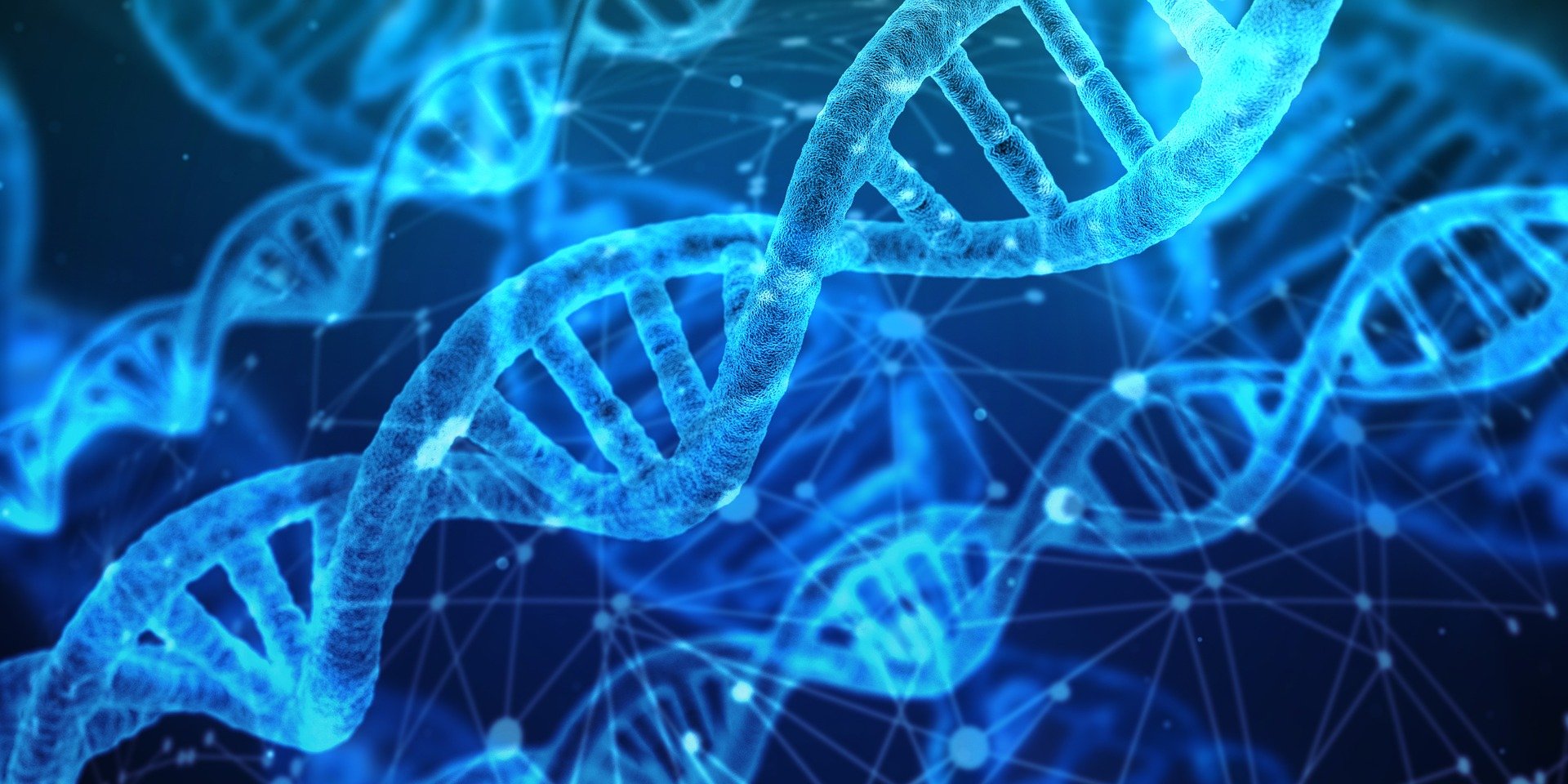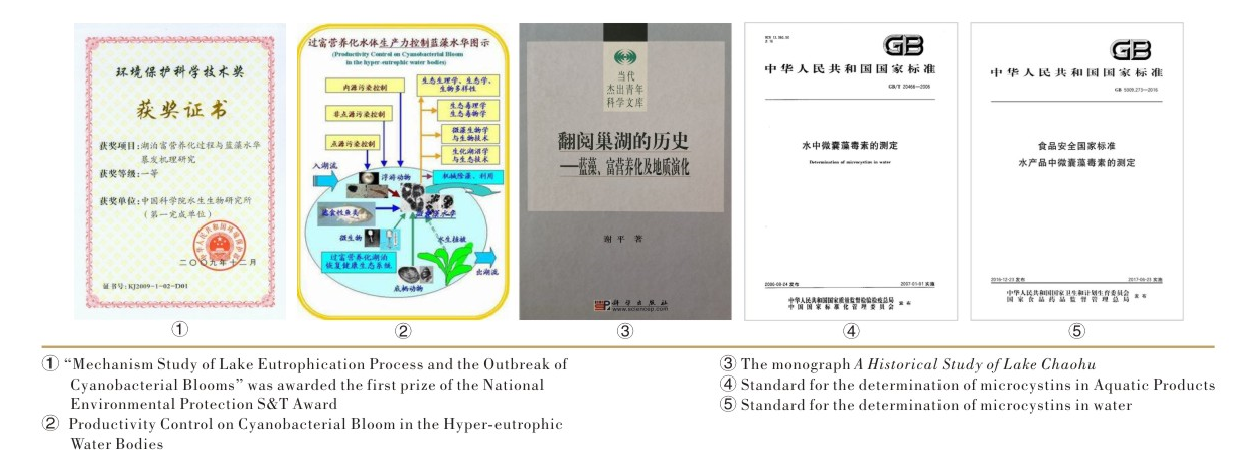
Research
Mechanism Underlying the Outbreak of Cyanobacterial Blooms and Their Control Theory

Based on the strong background in the study of classification, physiology, ecology and molecular biology of cyanobacteria in IHB, researchers took the initiative in conducting the nationwide investigation and studies of cyanobacterial blooms and cyanobacterial toxins since the 1980s.
Subsequently, they coordinated the key projects “Mechanism Study of Lake Eutrophication Process and the Outbreak of Cyanobacterial Blooms” and “Mechanism Study of the outbreak of cyanobacterial blooms in large and medium-sized shallow lakes” supported by the National Basic Research Program of China (973 Program), in which the spatio-temporal pattern of cyanobacterial blooms, as well as the driving forces governing the succession of dominant cyanobacteria in the large and medium-sized lakes has been elucidated.
They revealed the mechanism of cyanobacterial bloom occurrence and dominance maintenance in Lake Dianchi and other lakes, thus helped for nutrient threshold determination for lake management and the prediction and early warning of cyanobacterial blooms of major lakes in China.
Both the non-classical bio-manipulation theory of controlling the cyanobacterial blooms and the technological principles of regulating primary productivity, proposed by IHB researchers, have been promoted to the whole nation, and guided the treatment of eutrophicated lakes and reservoirs and the control of cyanobacterial blooms in China.
One of IHB’s relevant achievements was awarded the first prize of the National Environmental Protection S&T Award. In addition to over 100 papers published by IHB researchers in this area, three monographs and two national standards that specify requirements for the determination of microcystins in water and aquatic products were also published.
At present, IHB’s studies in cyanobacterial blooms and cyanobacterial toxins are at the forefront of the world.
File Download: